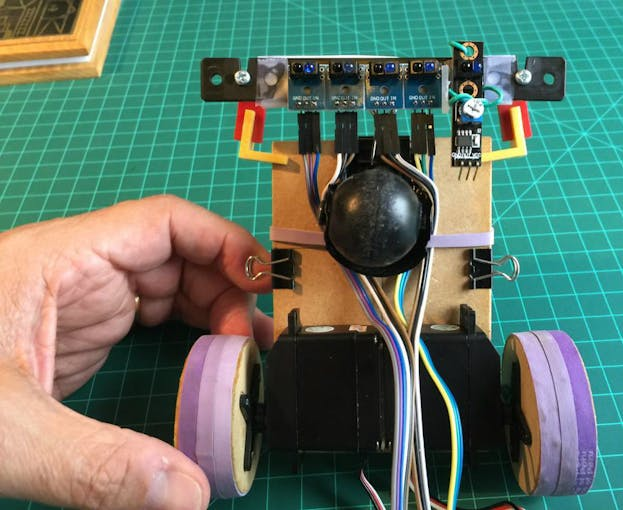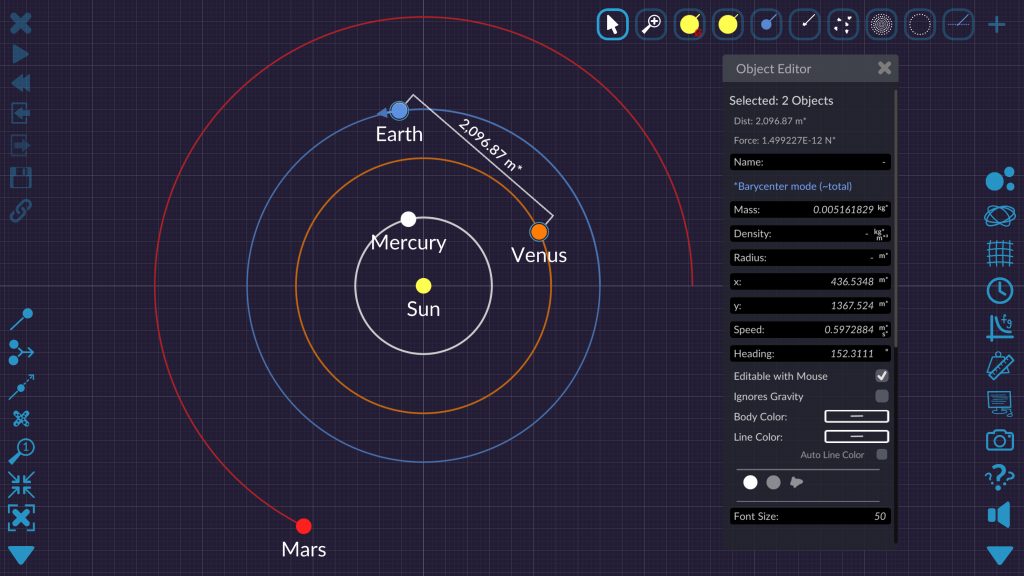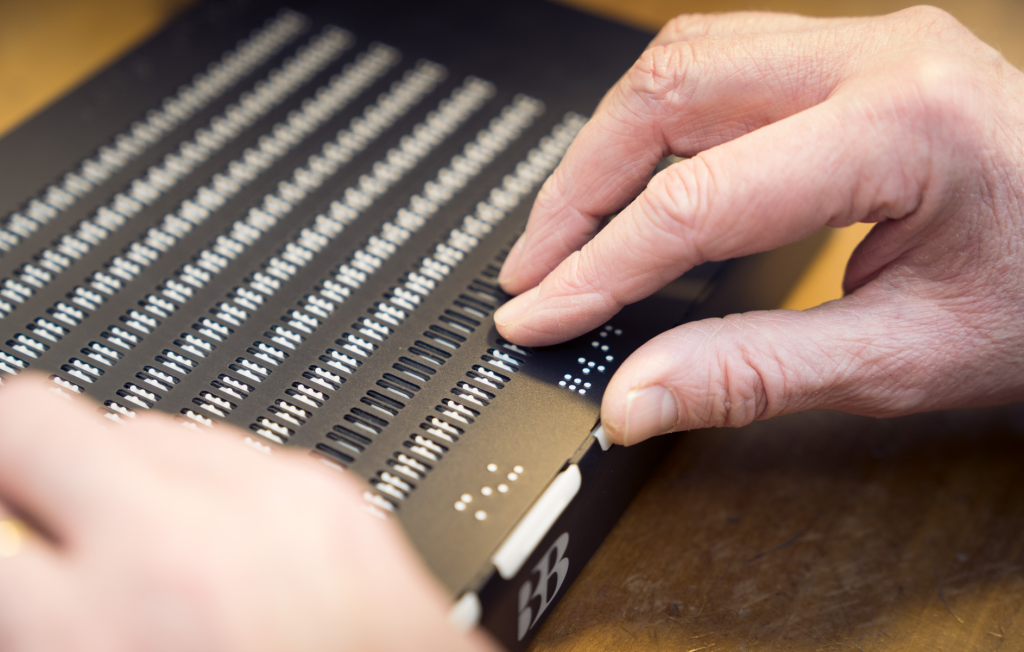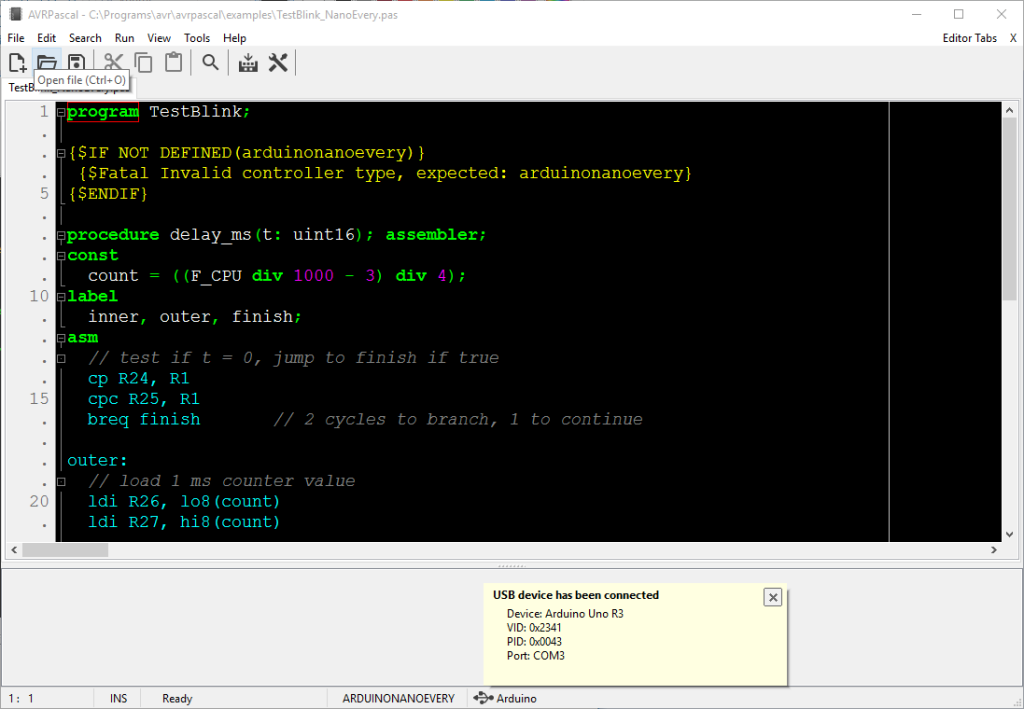Artificial intelligence on Arduino is transforming the way we interact with everyday devices, showcasing the power of machine learning even in a compact form. Imagine an Arduino AI project that intelligently adjusts the brightness of a lamp based on user preferences; this is a prime example of how AI on microcontrollers can enhance home automation systems. While many associate AI with complex computations and heavy hardware, straightforward applications, such as automatic lamp brightness adjustment, reveal its potential in more accessible environments. By leveraging basic machine learning techniques on an Arduino, developers can create simple AI applications that operate effectively within resource constraints. This accessibility opens the door for enthusiasts and hobbyists to dive into the fascinating world of artificial intelligence, bringing innovative ideas to life without the need for extensive setups.
The emergence of smart systems leveraging artificial intelligence technology is revolutionizing user experiences across various domains. The utilization of AI in compact circuits, such as microcontrollers, empowers users to create intelligent solutions for mundane tasks. For instance, harnessing a microcontroller to automate lamp brightness based on environmental cues illustrates how easily one can implement smart functionalities without extensive programming knowledge. Hence, these straightforward projects enable hobbyists to experiment with machine learning concepts, allowing them to develop basic yet potent AI-driven tools. Exploring these innovative applications fosters creativity and practical learning within a budding tech landscape.
Understanding Artificial Intelligence on Arduino
Artificial intelligence on Arduino opens up a world of possibilities for DIY enthusiasts and developers alike. By leveraging the power of machine learning, even simple microcontroller platforms can perform tasks that once required much more complex computing systems. For example, using Arduino, hobbyists can implement AI solutions that manage various devices around the home, such as controlling the brightness of lamps based on user preferences. This not only showcases the versatility of Arduino as a microcontroller but also emphasizes the accessibility of AI technology for personal projects.
The ability to run AI models on Arduino devices democratizes AI, allowing for direct application in everyday life. With tools like Python for data processing and linear regression models to predict outcomes, one can see how AI development doesn’t always require high-end hardware. By integrating sensors and inputs with Arduino, users can create an automatic lamp brightness controller that adjusts based on ambient light or user-set preferences, proving that the combination of AI and Arduino is a powerful marriage of technology and practicality.
Simple AI Applications with Arduino
Implementing simple AI applications using Arduino can be both educational and rewarding. Projects such as an automatic lamp brightness controller demonstrate how basic AI functions can be developed and executed on microcontroller platforms. By utilizing inputs from light sensors, the AI can learn from environmental data to adjust lamp brightness accordingly. These straightforward applications serve as an introduction to more complex AI projects while showcasing the practical benefits of machine learning on microcontrollers.
Additionally, Arduino projects that focus on simple AI applications can enhance programming skills and foster creativity. With an increasing number of tutorials and communities dedicated to AI on microcontroller platforms, any first-time programmer can engage in exciting projects that merge artificial intelligence with real-world functions. From controlling home appliances to developing small robotic implementations, the potential of Arduino in the AI landscape is vast and continuously growing.
The Role of Machine Learning in Arduino Projects
Machine learning plays a pivotal role in augmenting the capabilities of Arduino projects, making them smarter and more efficient. By incorporating algorithms that can learn from data, Arduino enthusiasts can build systems that not only react to inputs but also improve their performance over time. For instance, the process of training a model to adjust lamp brightness automatically not only makes the project functional but also allows it to adapt to changing conditions, showcasing the true potential of machine learning.
Moreover, by utilizing pre-trained models and data sets, even novice programmers can effectively implement machine learning within their Arduino setups. The integration of machine learning algorithms allows for the development of more sophisticated applications, such as predictive maintenance systems, automated pets, or even games. This evolution within the Arduino realm invites a broader audience to participate in AI development, transforming how we approach programming and technology.
Building Your First Arduino AI Project
Creating your first Arduino AI project is an exciting venture that opens up a plethora of possibilities for innovation. Starting with simple applications, such as controlling the brightness of a lamp, allows beginners to grasp essential concepts of artificial intelligence without feeling overwhelmed. By leveraging available libraries and resources, users can set up their microcontroller to respond intelligently to various inputs, establishing a solid foundation in AI.
As you gain confidence and expertise, you can progressively introduce more complexity into your projects. By exploring more advanced AI techniques and neural networks, enthusiasts can transform their Arduino devices into intelligent systems capable of executing multiple tasks. This journey from simple applications to robust AI functionalities illustrates not only the versatility of Arduino but also the increasing accessibility of AI development for people at all skill levels.
Training Data for AI Applications
Training data is a vital component in developing effective AI applications, especially when working with Arduino. For projects like the automatic lamp brightness controller, gathering a diverse set of data allows the artificial intelligence to learn more effectively. By situating the lamp in various environments and recording light levels, one can create a comprehensive dataset that illustrates how brightness should be adjusted based on ambient conditions.
The use of training data not only enhances the accuracy of predictions made by the AI but also makes the resulting application much more user-friendly. It allows the system to understand user preferences over time and adapt accordingly. As more data is collected, the application can refine its algorithms, transforming a simple Arduino project into a dynamic and intelligent solution that continues to learn and improve.
Optimizing AI Models for Arduino
Optimizing AI models for use on Arduino microcontrollers is crucial, as these devices have limited processing power and memory compared to their more robust counterparts. While complex models can be generated on powerful computers, transferring these models to Arduino requires simplification and optimization to ensure they run efficiently without lag or disruption. Techniques such as pruning unnecessary nodes and quantizing weights can significantly enhance the operational performance of AI models.
By focusing on creating streamlined algorithms that fit within the constraints of Arduino hardware, developers can ensure that their AI applications are not only functional but also responsive and reliable. These optimizations are particularly important for applications needing real-time responses, such as adjusting lamp brightness automatically. This deliberate approach to model optimization allows for practical AI installations across a range of projects, making AI accessible and efficient.
Integrating Sensor Inputs with AI
Integrating sensor inputs with AI on Arduino is a fundamental step in creating responsive and intelligent applications. Sensors provide the necessary data for AI to analyze and make informed decisions. For instance, in an AI-controlled lamp system, light sensors measure the ambient brightness in real time, feeding that information into the AI model to determine how to adjust the lamp’s brightness accordingly. This interaction illustrates the importance of sensor inputs in driving AI functionality.
Furthermore, various sensors can expand the capability of Arduino projects beyond just managing lamp brightness. By incorporating additional sensors such as temperature or motion detectors, users can develop comprehensive smart home systems that autonomously respond to different environmental conditions. This multifaceted approach not only showcases the versatility of Arduino but also emphasizes how AI can enhance everyday functionalities.
The Future of AI in DIY Electronics
The future of AI in DIY electronics looks incredibly promising, especially as advancements in technology make it easier for enthusiasts to develop sophisticated applications using platforms like Arduino. As AI algorithms become more refined and accessible, we can anticipate a surge in innovative projects that push the boundaries of what is possible in home automation, robotics, and beyond. This growth signifies a shift towards more intelligent devices that can learn and adapt to user needs in real-time.
In addition to enhancing personal projects, the community surrounding AI and Arduino continues to thrive, creating a robust ecosystem of shared projects, tutorials, and collaborations. As more hobbyists and engineers contribute their findings and improvements, we collectively advance our understanding and use of AI technology. This not only benefits individual projects but also fosters a culture of learning and experimentation that is likely to drive further innovation in the DIY electronics space.
Common Challenges in Implementing AI on Microcontrollers
While implementing AI on microcontrollers like Arduino presents many exciting possibilities, it also comes with its challenges. One of the primary obstacles is the inherent limitations of microcontrollers, including processing power and memory constraints. These limitations can make it difficult to deploy complex algorithms directly on the hardware, necessitating creative solutions and optimizations to ensure applications run smoothly without errors.
Another common challenge is the need for appropriate training data to enable effective learning. Gathering sufficient and relevant data can be time-consuming, and without it, the AI may struggle to make accurate predictions or decisions. However, these challenges represent opportunities for innovation, pushing developers to find novel solutions to enhance the capability of AI on microcontrollers like Arduino. By experimenting and sharing knowledge within the community, enthusiasts can overcome these hurdles and create impactful projects.
Frequently Asked Questions
What is artificial intelligence on Arduino?
Artificial intelligence on Arduino refers to the implementation of AI algorithms on Arduino microcontrollers to perform tasks like prediction and automation. Although Arduino has limited processing power compared to more complex AI systems, it can still manage simple applications effectively.
How can I create an Arduino AI project for automatic lamp brightness?
To create an Arduino AI project for automatic lamp brightness, start by collecting user input on desired light levels. Use these data points to train a machine learning model, such as linear regression, on a powerful computer. Once trained, transfer the model to the Arduino to adjust lamp brightness autonomously based on user preferences.
What are some simple AI applications I can develop with Arduino?
Simple AI applications you can develop with Arduino include temperature regulation systems, automatic lamp brightness control, and basic object detection using sensors. These projects leverage simple machine learning algorithms to operate efficiently even on low-powered microcontrollers.
Can machine learning be integrated into AI on microcontrollers like Arduino?
Yes, machine learning can be integrated into AI on microcontrollers like Arduino. While complex models may be limited by the hardware, simple algorithms like linear regression can be trained on a computer and then deployed on the Arduino, allowing for effective learning and decision-making.
How does an Arduino AI project handle training data?
An Arduino AI project handles training data by first collecting various input scenarios, such as different lamp brightness levels in various locations. This data is used to train a model on a computer, which understands how to predict lamp brightness settings before the model is uploaded to the microcontroller.
What are the benefits of using AI on microcontrollers like Arduino?
The benefits of using AI on microcontrollers like Arduino include lower cost, ease of use, and the ability to create autonomous systems that perform basic tasks without human intervention. This makes it suitable for hobbyists and developers focused on DIY AI applications.
| Key Points | Description |
|---|---|
| What is AI? | A system that takes inputs, makes predictions, and produces outputs. |
| AI on Arduino | An AI was created to manage lamp brightness using Arduino hardware. |
| Functionality | The AI adjusts lamp brightness based on user input and learned preferences. |
| Training Data | Collected by moving the lamp in various locations, allowing the AI to learn brightness settings. |
| Model Generation | A linear regression model is created in Python and transferred to the Arduino. |
| Example of AI Complexity | This example demonstrates basic AI principles without requiring complex resources. |
Summary
Artificial intelligence on Arduino showcases how even simple hardware can facilitate functional AI applications. By employing basic predictive algorithms and user input, Arduino-based AI can manage tasks like adjusting lamp brightness effectively. This project serves as a practical introduction to the capabilities of AI on low-power systems, illustrating that advanced learning and automation are achievable with minimal resources.



